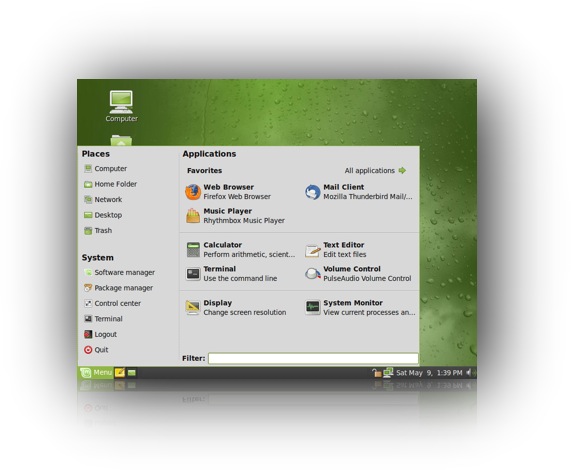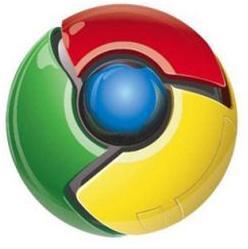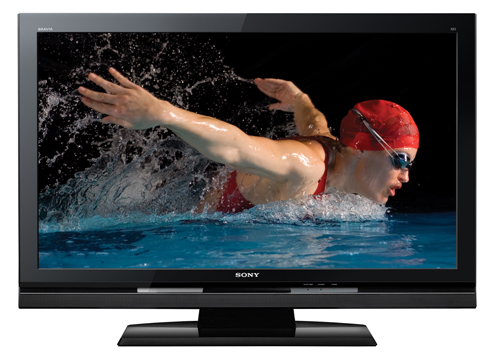
I have been using Linux for ten years now and like most of you I like to try different distributions. A few months ago I discovered Linux Mint while browsing on DistroWatch. I was surprised to see that Linux Mint was really popular (I think it was 4th at that time) and just now it’s the 3rd most popular Linux distribution…
Linux Mint, which is at version 7 now, is based on Ubuntu which itself is built on Debian. So we’re in excellent company here.
These are the things in Linux Mint that I really like:
- Linux Mint contain codecs for most of the media files (audio / video) found on the Internet out of the box.
- The user interface is gorgeous and really feels like something that has been designed by someone who really knows about user interaction. For example, Mint has a menu (pictured above) which contains selected applications (favourites) and which is 100% customisable. It’s much better (IMHO) than the default Gnome menu.
- There is an application which shows all software available in Linux Mint with screenshots. What is great is that this list can be sorted by popularity. It’s a great way to discover open source applications which are used by a lot of people and which you don’t personally know about.
- Compiz (as well as the proprietary Nvidia driver in my case) is preinstalled and is sensibly configured: not a lot of eye candy but, instead, a pragmatic choice of settings to make Gnome more usable.
- aptitude! I love anything .deb-based.
I’m really impressed by Linux Mint. This is the only distribution I use at home. At work I use CentOS Linux because, well, it is great for a business environment. But I might replace CentOS on my own computer there with Linux Mint. Just don’t tell anyone.

 Voici une astuce pour pouvoir sauvegarder les videos en Flash que vous consultez depuis votre ffox sur votre machine.
Voici une astuce pour pouvoir sauvegarder les videos en Flash que vous consultez depuis votre ffox sur votre machine.


 Autour du kernel, nous utilisons tous une foule de programmes pour récupérer les informations et utiliser notre système du mieux possible. Sous linux, toutes ces informations sont accessibles via /proc. Un peu de curiosité vous montrera les bijoux techniques qu’il est possible de récupérer.
Autour du kernel, nous utilisons tous une foule de programmes pour récupérer les informations et utiliser notre système du mieux possible. Sous linux, toutes ces informations sont accessibles via /proc. Un peu de curiosité vous montrera les bijoux techniques qu’il est possible de récupérer.